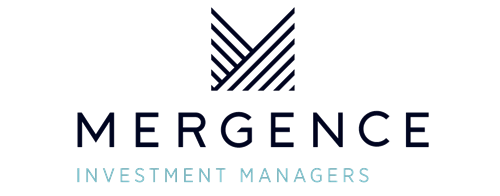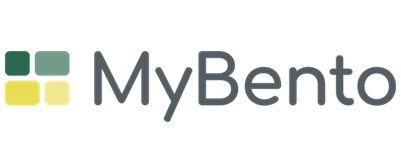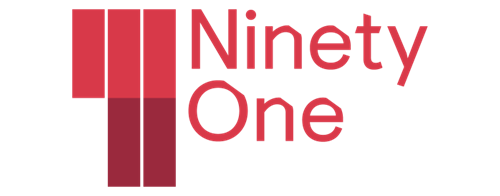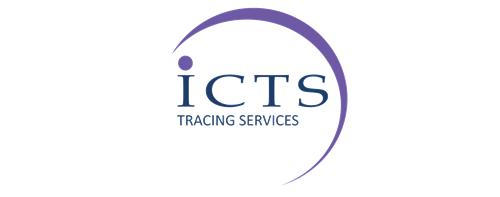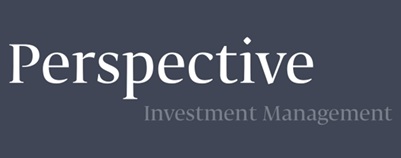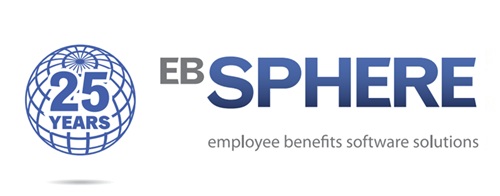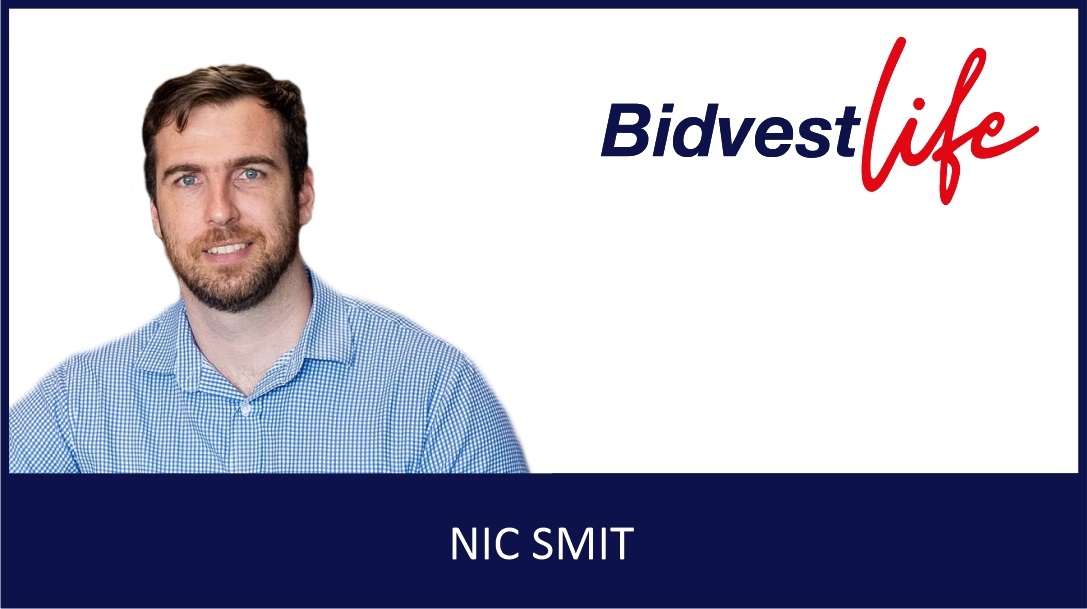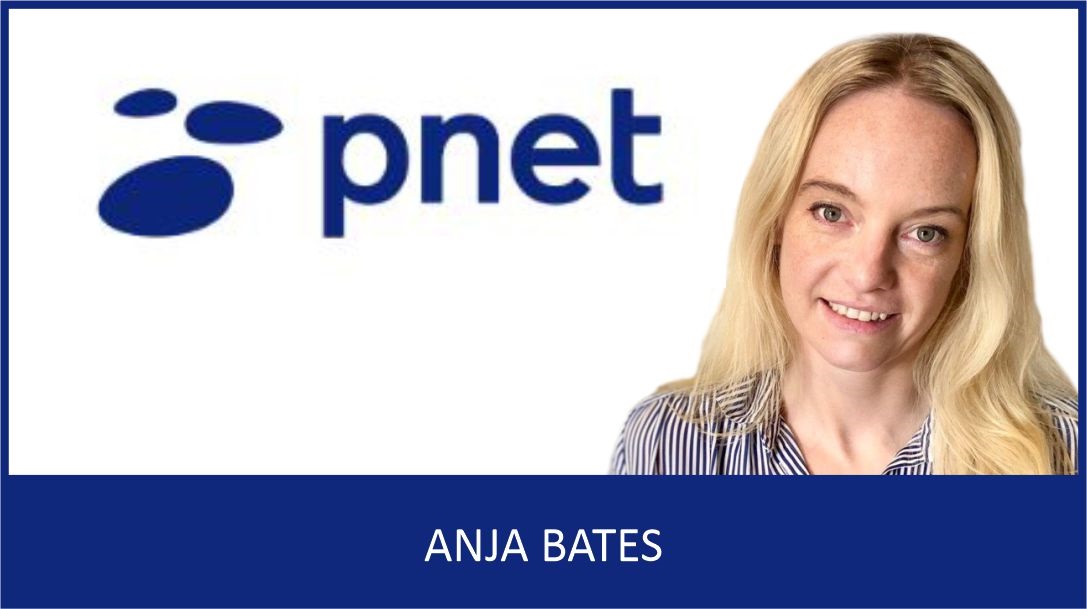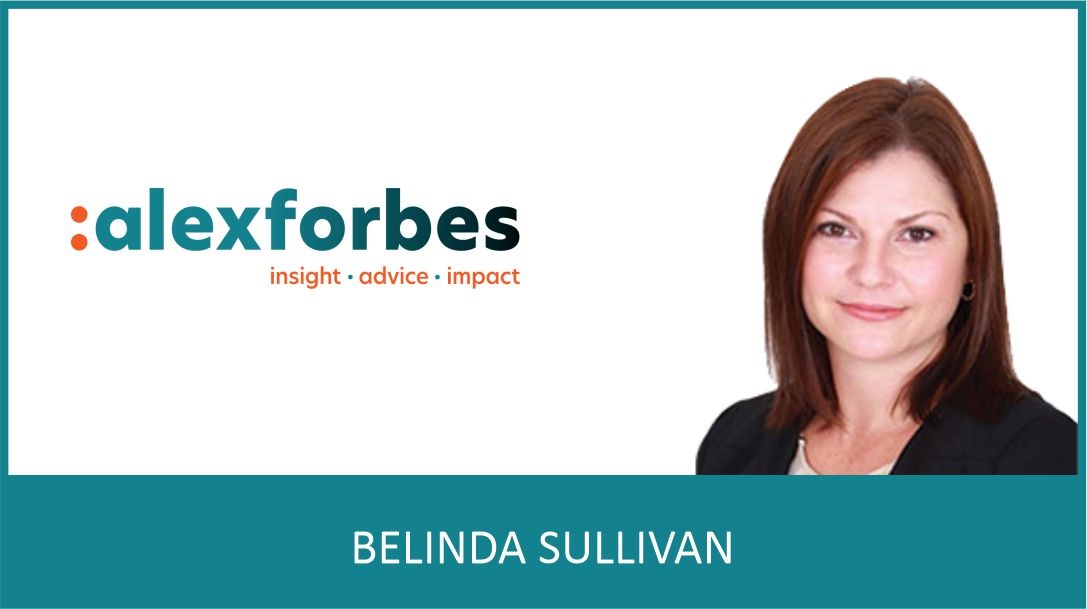Nzwananai Shoniwa, Managing Executive: Sanlam Umbrella Solutions; and Richard Tyler, Managing Director: Simeka Consultants & Actuaries
Picture this: you’re financially supporting your 79-year-old Gogo. You’re also competing with her for the same job.
That’s the quiet crisis playing out in South Africa. A new generation is entering the workforce while supporting parents and grandparents who can’t afford to retire. Going forward, they’ll likely be trying to build futures of their own in an economy where people may work well past their retirement age.
According to Sanlam’s Age of Confidence research, the real average retirement age in South Africa is 80; not by choice, but out of financial necessity. The causes are complex: high debt, low preservation rates, limited contribution flexibility, and a lack of structural support to set and achieve savings goals throughout the savings journey. But if we want to change outcomes, we need to shift from blame to building. This isn’t about pointing fingers. It’s about partnership.
Retirement reform is a social justice issue. A country where most people can’t afford to retire is not just financially fragile – it’s socially unstable. Fewer than 7.5 million personal income taxpayers are supporting more than 28 million grant recipients. That imbalance isn’t sustainable.
Everyone – from employers, consultants and providers to policymakers and individuals – has a role to play in shifting the system. It’s a collective responsibility.
That’s why Sanlam Corporate sees retirement outcomes as central to the “S” in ESG. Helping people exit the workforce with dignity is one of the most powerful ways to build resilience across generations – and it strengthens families, communities and the economy at large. The onus of saving sufficiently may be ultimately on members, but the employer plays a pivotal part in selecting the right fund provider to make members’ money work as hard as it can.
In an environment where contribution increases are hard to achieve, we need to look at smarter ways to move the needle.
Consultants and providers have a crucial role to play in changing the nation’s retirement narrative. We know most people won’t have the power to raise contributions. But there’s a critical window to nudge new joiners to raise their minimum contribution levels from day one, if they can, from 5% to 7.5% to materially improve long-term outcomes. If that’s paired with strong governance, cost-efficient investment vehicles, and appropriate investment decisions, the results compound. When contributions can’t increase, the funds’ performance becomes the next best lever. Providers have a structural – and ethical – responsibility to ensure every rand works as hard as it can. Every basis point of return matters. In addition, providers should drive efficiency and automation to help reduce admin costs and thereby increase retirement allocations.
Benefit design also becomes critical. Should a 22-year-old with no dependents be paying for 6x life cover? Probably not. Consultants and providers have a huge role to play in providing solid advice to employers in terms of what will work best for their teams. Tailoring benefits by life stage can free up budget for long-term savings, without increasing total cost. Healthcare, too, plays a crucial role. A single uncovered medical expense can derail years of financial progress. Integrating healthcare into the benefits conversation helps lay the foundation for long-term financial resilience. Again, this points to the role providers and consultants play in stewarding employers through process, with the right advise.
Even the best structure won’t work without understanding. Too many decisions are made without adequate financial literacy. That’s where initiatives like Sanlam Corporate’s Day One come in – providing tools that show employees, from the start, how preservation and contribution levels shape their futures. Financial literacy is everyone’s responsibility – from members upskilling themselves, to fund providers and consultants providing timely interventions when they’re most needed.
The government is also contributing to solving the crisis through the two-pot initiative. By forcing preservation on a portion of savings, this system is a promising structural step. But it must be supported through education, communication, and timely interventions – not just by providers, but by HR teams and platforms that touch employees at key life moments. In South Africa, where one income often supports many, every small improvement has ripple effects. Helping one person preserve their savings can ultimately support an entire family network.
Access to advice can amplify these efforts. It’s not a luxury – it’s a necessity. Whether you’re 25 and choosing a default, or 63 and planning a drawdown, professional guidance can make or break a retirement outcome. Everyone deserves that support.
And that support shouldn’t disappear at retirement. Many people lose their guardrails the moment they exit the workforce, suddenly faced with complex decisions on annuities, drawdowns and tax. Offering pre-retirement guidance and transition support can make this shift less daunting – and far more sustainable. Again, this is where timely interventions from employers, providers and consultants can set people up for success and make the journey less lonely.
Gen Z is already asking harder questions of employers. They want purpose, transparency, and long-term wellbeing. A strong employee benefits bundle isn’t a nice-to-have. It’s a marker of what an employer stands for – and, increasingly, a deal-breaker for top talent. Retirement isn’t separate from that, it’s central to it.
Of course, this isn’t a challenge any one stakeholder can solve alone. But if we want to build a more inclusive, sustainable economy, we must accelerate a better working South Africa; one where people can retire with dignity, and the next generation can look forward with confidence. We must solve the crisis together.
ENDS























